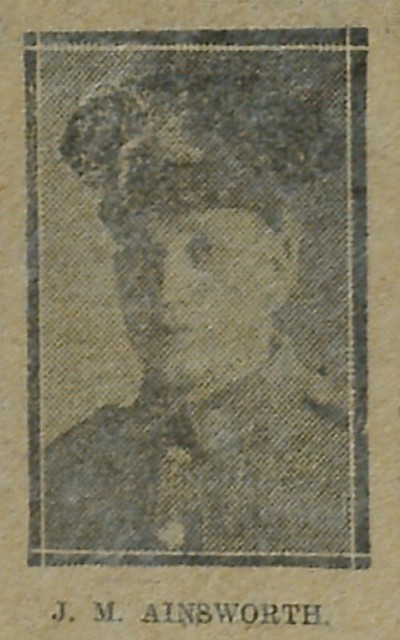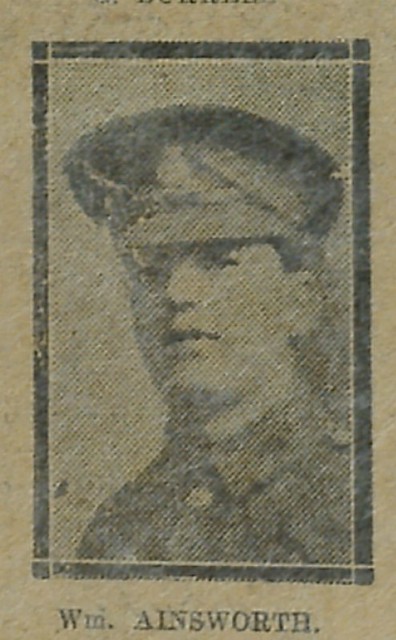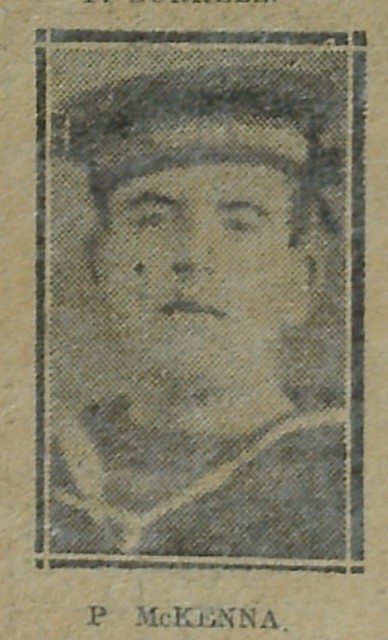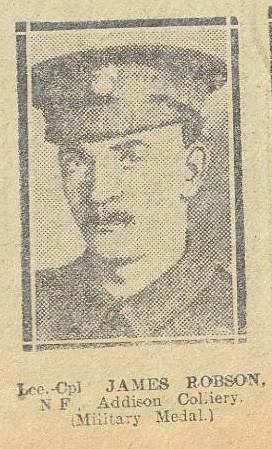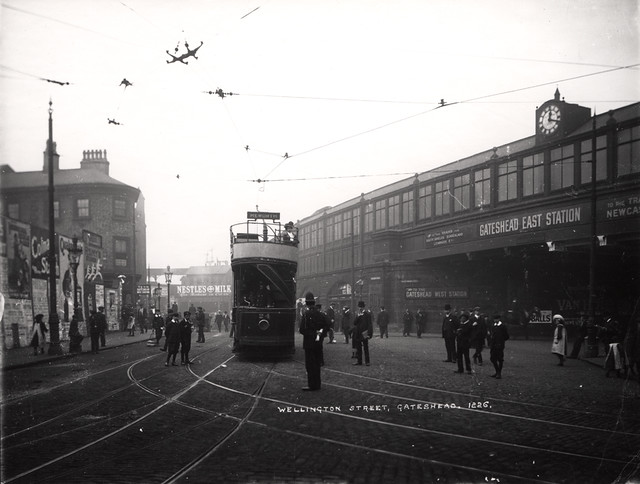Topics > Tyne and Wear > Gateshead > Ryton > Addison Colliery (1865 - 1963)
Addison Colliery (1865 - 1963)
Addison Colliery and Addison village were located near Hedgefield, about a mile south-east of Ryton (historically in County Durham, now in the Borough of Gateshead).
Addison Colliery
There was coal mining in the area documented in the 'Grand Lease' in 1390 from the upper seam of coal here. This 'Grand Lease' was later taken up by the Stella Coal Company which began sinking Addison Colliery on the 26th of January 1864. The colliery began producing coal in 1865 and had 2 associated drift mines. The mine workings ran westwards and eventually connected with Clara Vale Pit. At it's peak, in terms of numbers employed, in 1921 there were 962 people employed at Addison Colliery; 818 working below ground and 144 at the surface. By the 1950's production was reducing and the colliery closed on the 22nd of February 1963.[1]
First Underground telephone
Addison Pit is noted as the first colliery in the world to have underground telephone! In 1877, experiments using Professor Graham Bell's telephone were carried out, with a phone line connected to nearby Hedgefield House.[2]
Addison village
A village developed in association with the colliery; rows of colliery houses were built to accommodate the miners and their families. Addison village was located on the main turnpike road, about a mile south-east of Ryton. It was a thriving community until the decline and closure of the colliery. Addison was categorised by planners as a 'Category D' village in the 1950s (no further investment with a view to future demolition) and the remaining inhabitants relocated and the houses and colliery were demolished. There is now little trace of the village and the area has now mostly reverted to woodland. Just one of the old colliery buildings survives on Addison Industrial Estate.[3]
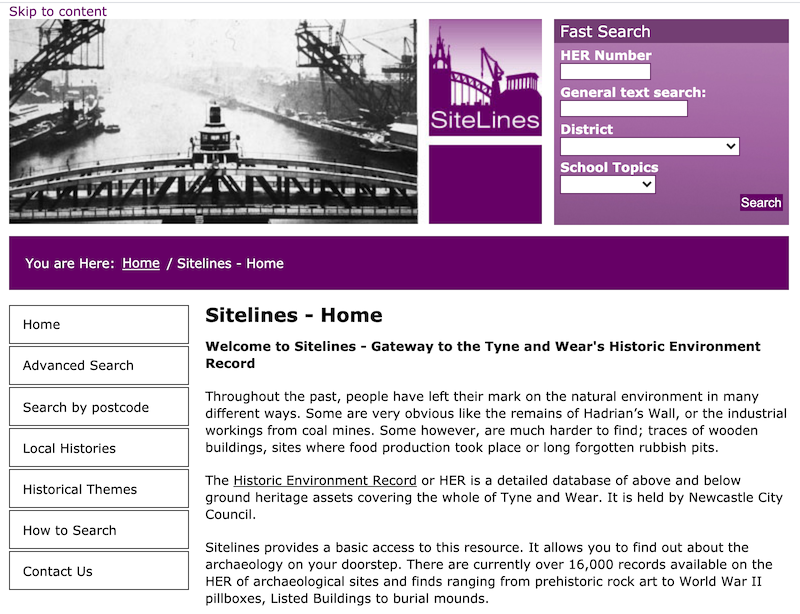
from https://www.twsitelines.info/…
Tyne and Wear HER(5033): Addison Colliery
- "Addison Colliery was the property of the Stella Coal Company, the pit being sunk in 1864. Addison Pit was situated close to the Newcastle & Carlisle Railway, to which it …
Added by
Simon Cotterill
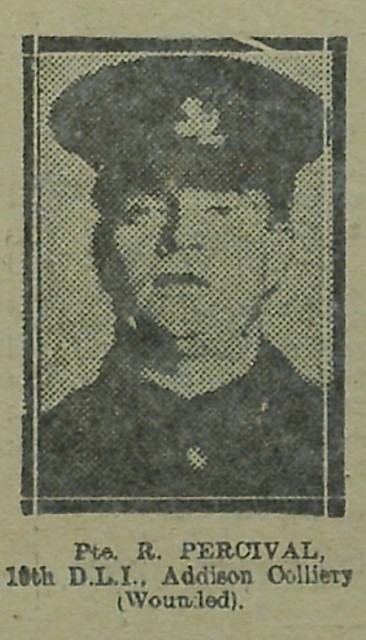
from IllustratedChronicles (flickr)
R Percival - 10th DLI - Addison Colliery (Wounded)
Pinned by Simon Cotterill
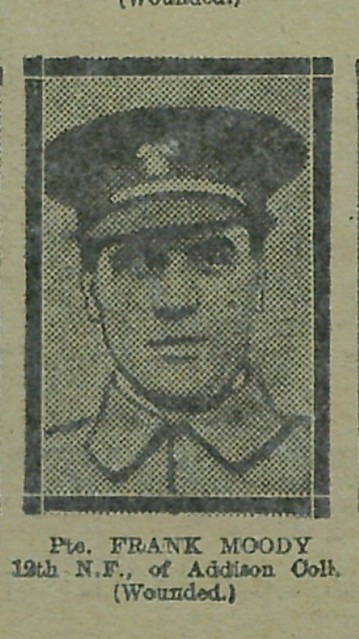
from IllustratedChronicles (flickr)
Frank Moody - 12th NF - Addison Colliery (Wounded)
Pinned by Simon Cotterill
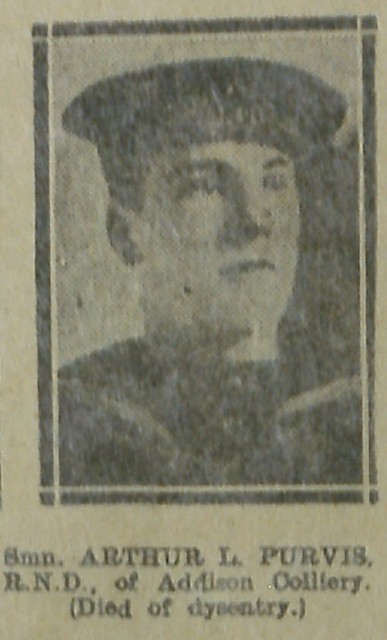
from IllustratedChronicles (flickr)
Arthur L Purvis - RND - Addison Colliery (Died of dysentry)
Pinned by Simon Cotterill
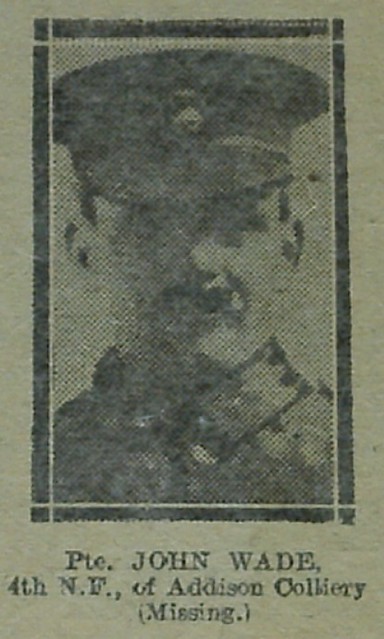
from IllustratedChronicles (flickr)
John Wade - 4th NF - Addison Colliery (Missing)
Pinned by Simon Cotterill
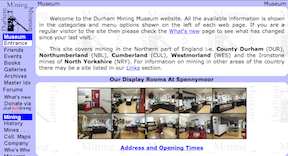
from http://www.dmm.org.uk/collier…
Addison Colliery
- "....According to ancient records, coal was worked in the "Grand Lease" royalty as early as 1390, a grant having been made by the then Bishop of Durham to a company …
Added by
Simon Cotterill

from http://www.gatesheadhistory.c…
Addison Colliery
- "...Addison Colliery was sunk in 1864 and rows of colliery houses were constructed to accommodate the miners and their families. Addison was a thriving community but after the closure of …
Added by
Simon Cotterill


from https://www.twsitelines.info/…
Tyne and Wear HER(5033): Addison Colliery
- "Addison Colliery was the property of the Stella Coal Company, the pit being sunk in 1864. Addison Pit was situated close to the Newcastle & Carlisle Railway, to which it …
Added by
Simon Cotterill

from IllustratedChronicles (flickr)
R Percival - 10th DLI - Addison Colliery (Wounded)
Pinned by Simon Cotterill

from IllustratedChronicles (flickr)
Frank Moody - 12th NF - Addison Colliery (Wounded)
Pinned by Simon Cotterill

from IllustratedChronicles (flickr)
Arthur L Purvis - RND - Addison Colliery (Died of dysentry)
Pinned by Simon Cotterill

from IllustratedChronicles (flickr)
John Wade - 4th NF - Addison Colliery (Missing)
Pinned by Simon Cotterill

from http://www.dmm.org.uk/collier…
Addison Colliery
- "....According to ancient records, coal was worked in the "Grand Lease" royalty as early as 1390, a grant having been made by the then Bishop of Durham to a company …
Added by
Simon Cotterill

from http://www.gatesheadhistory.c…
Addison Colliery
- "...Addison Colliery was sunk in 1864 and rows of colliery houses were constructed to accommodate the miners and their families. Addison was a thriving community but after the closure of …
Added by
Simon Cotterill
